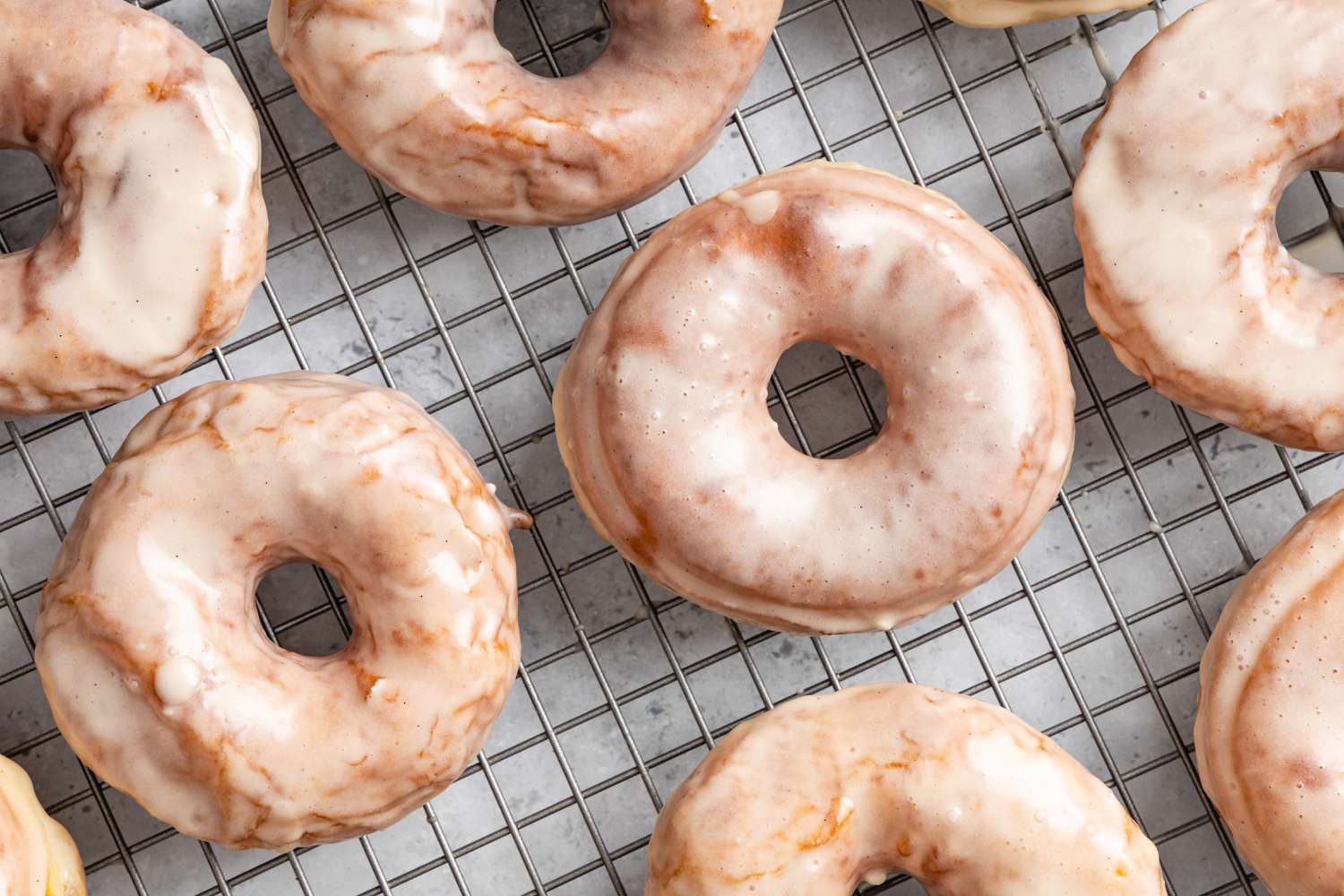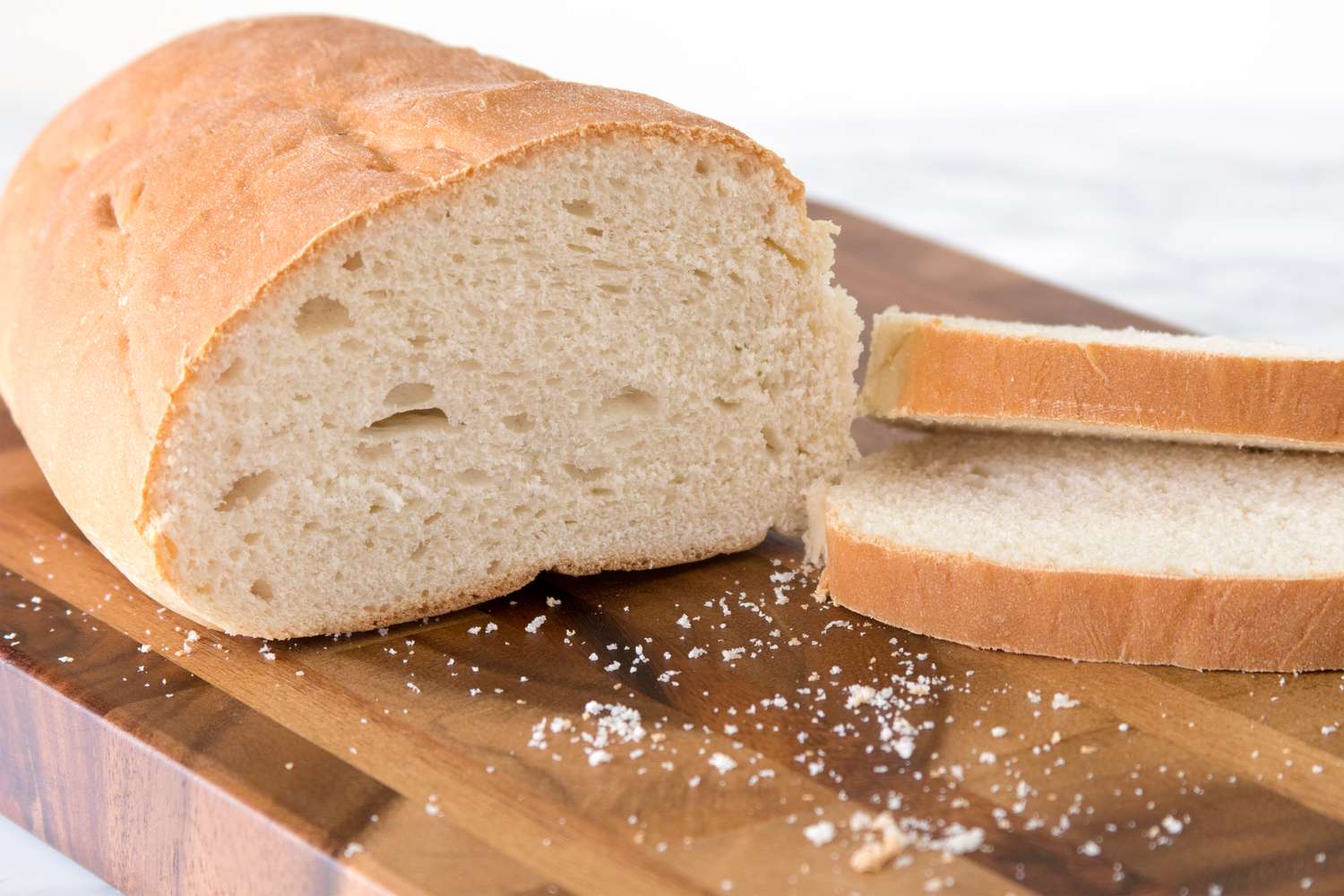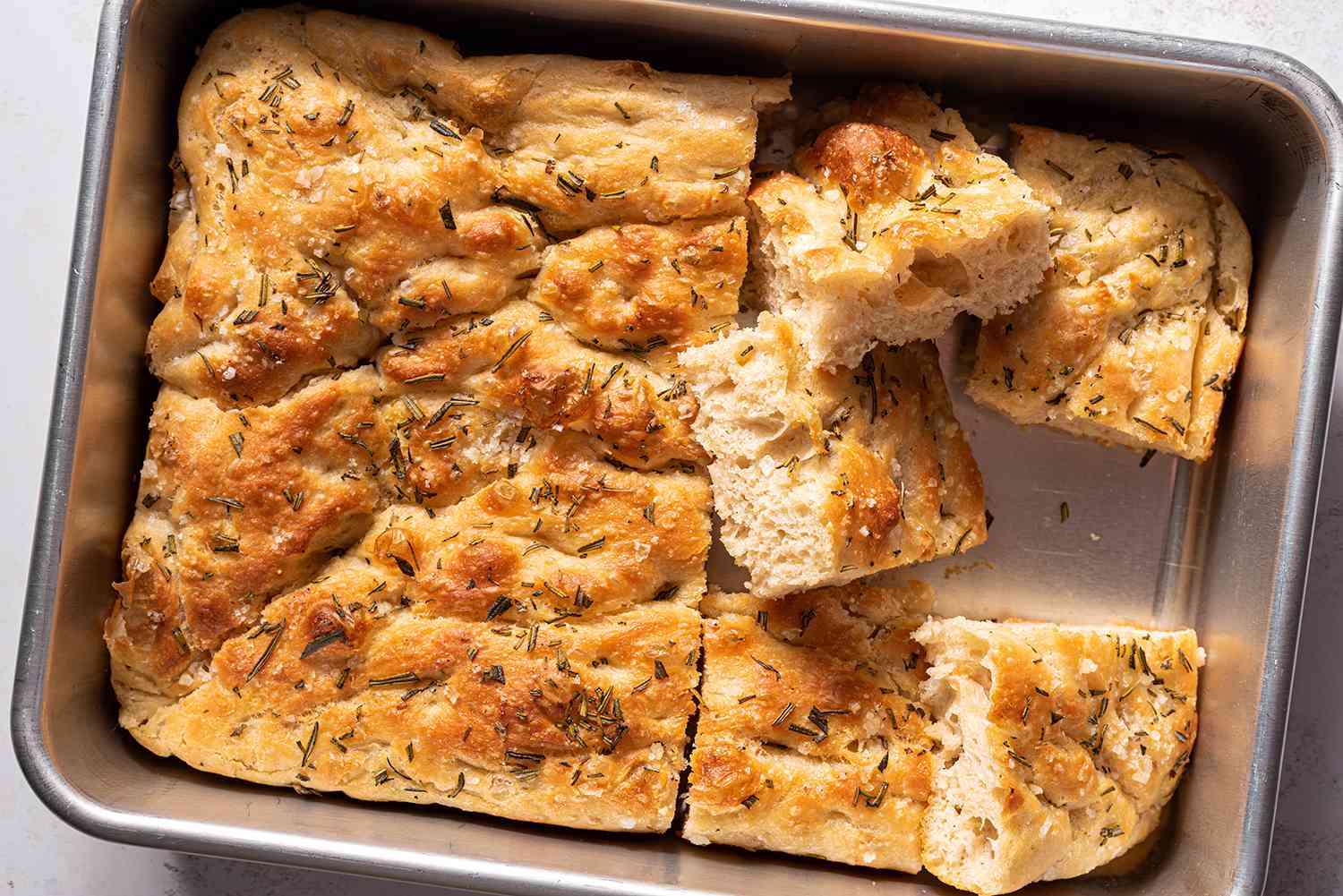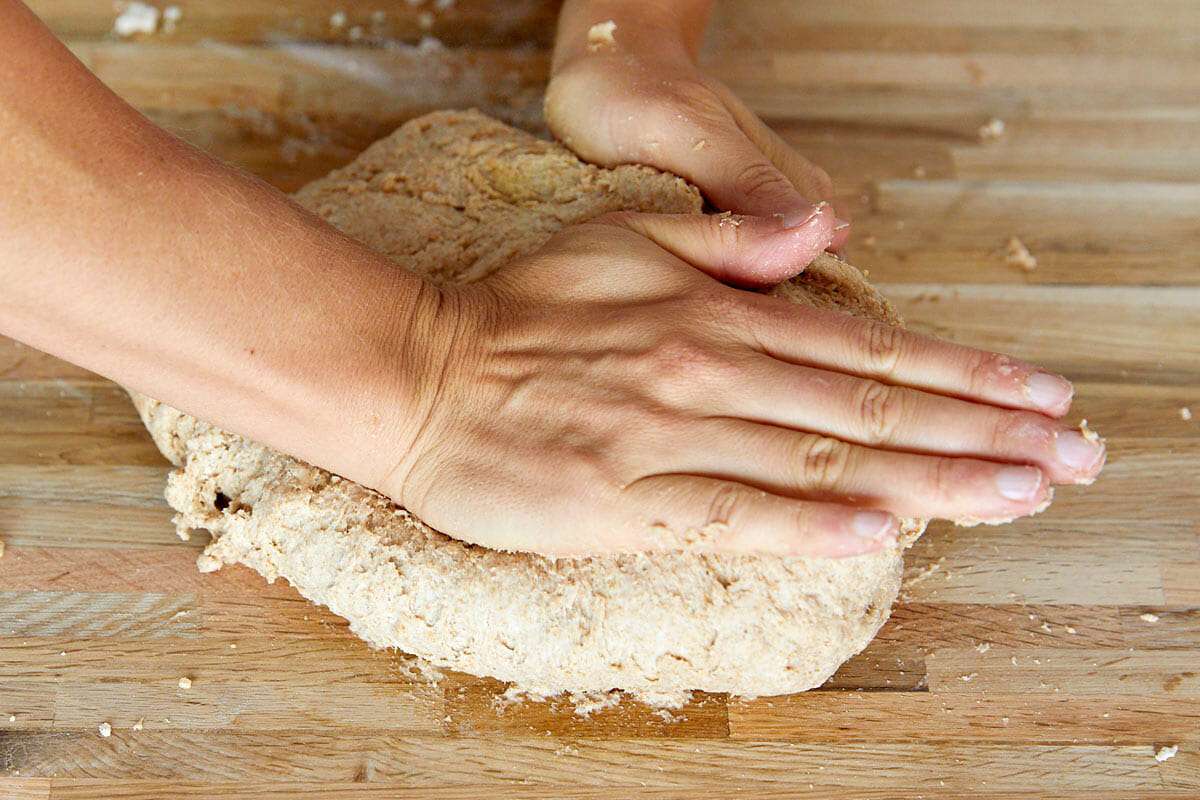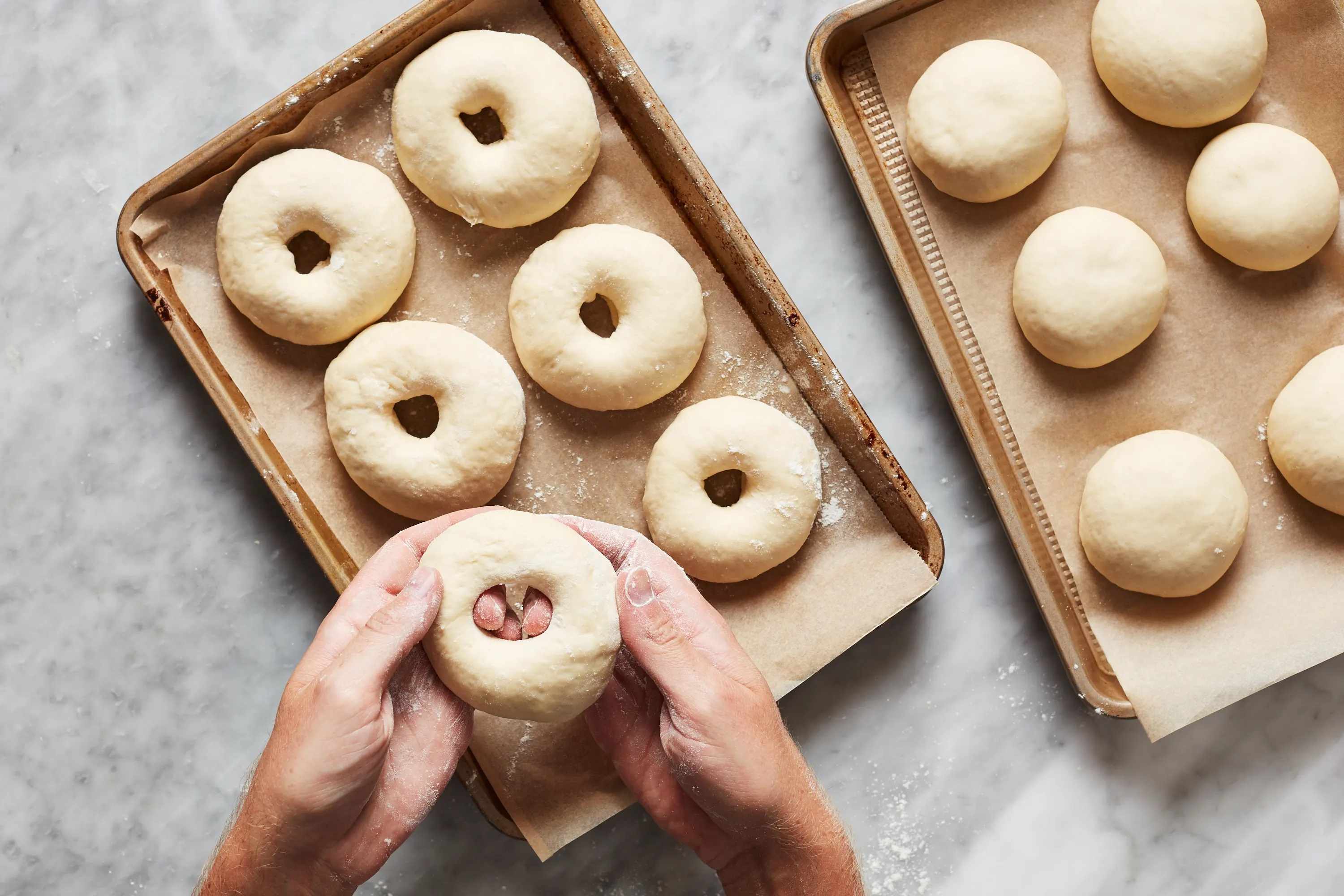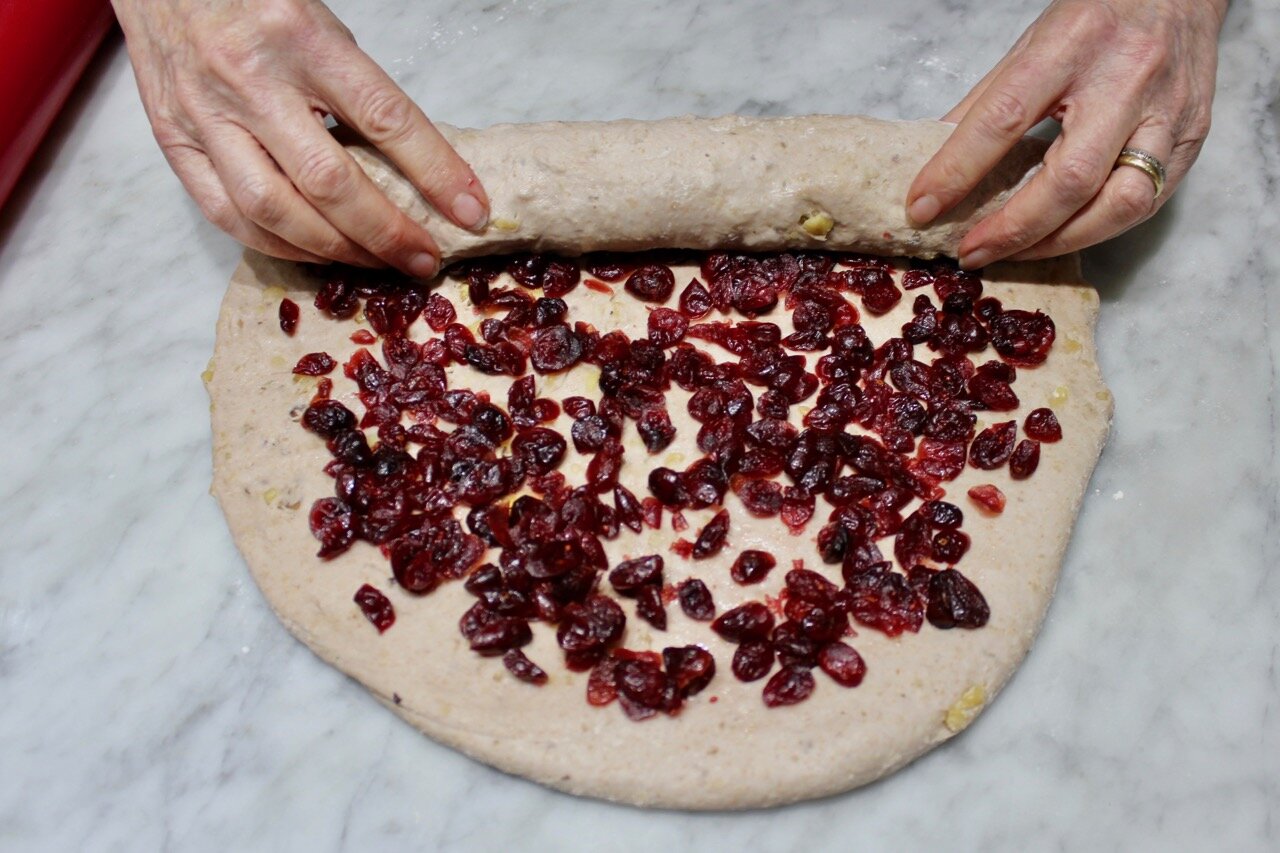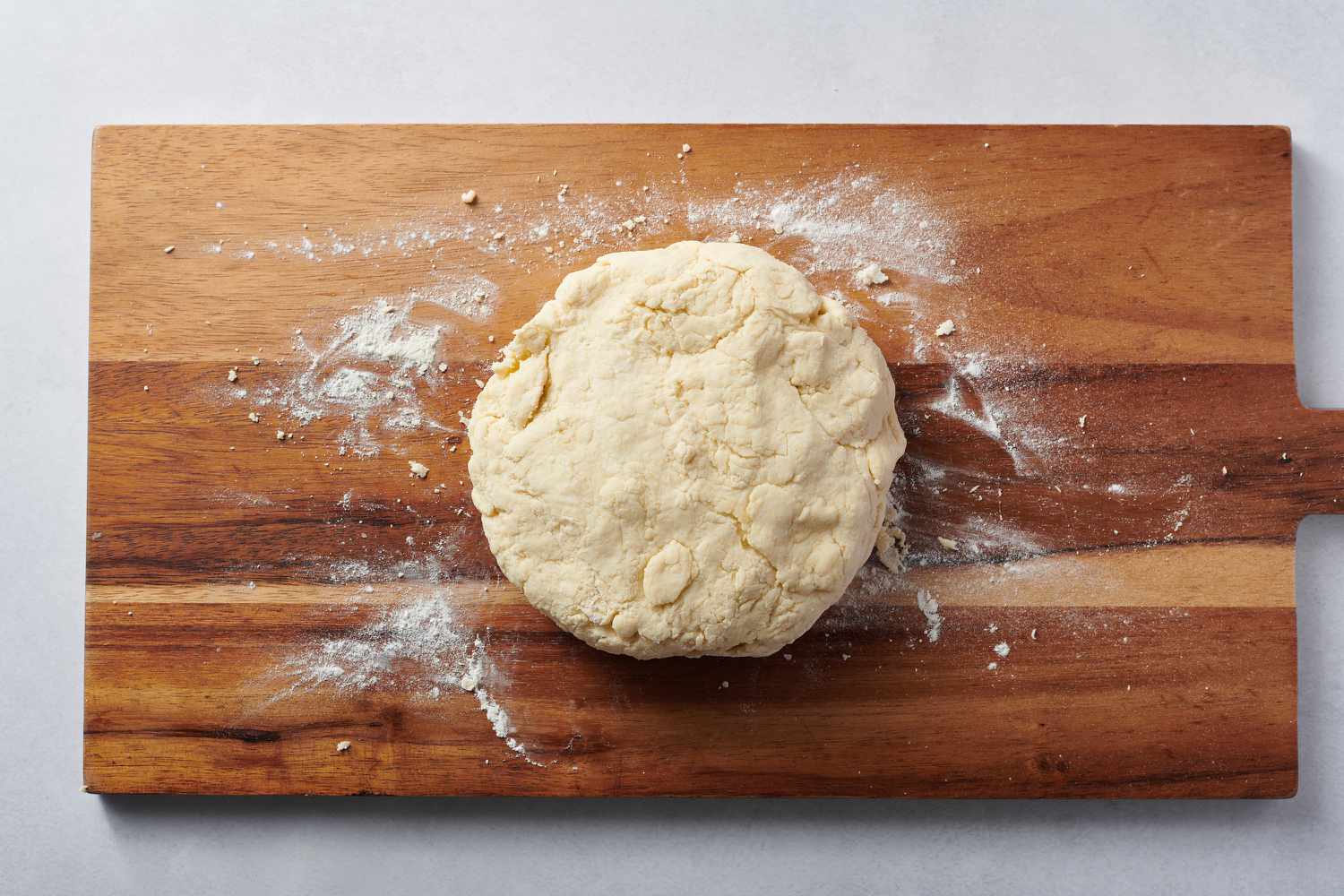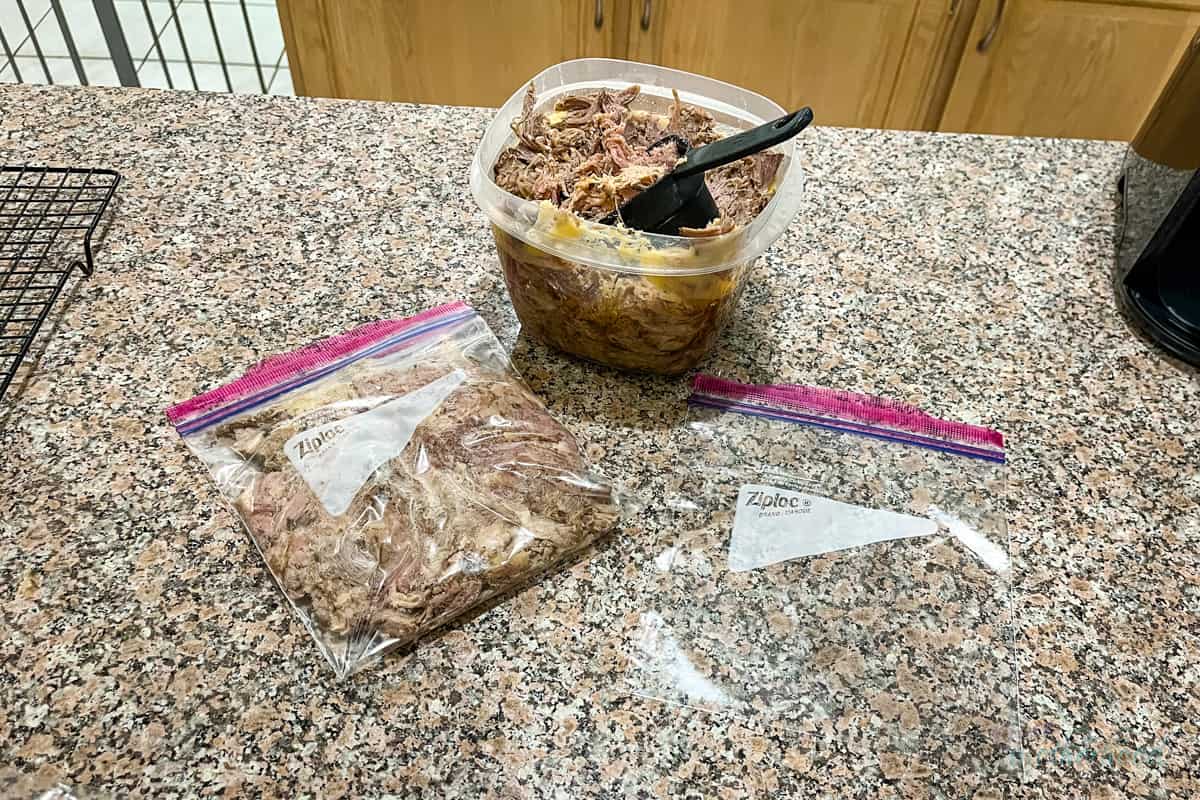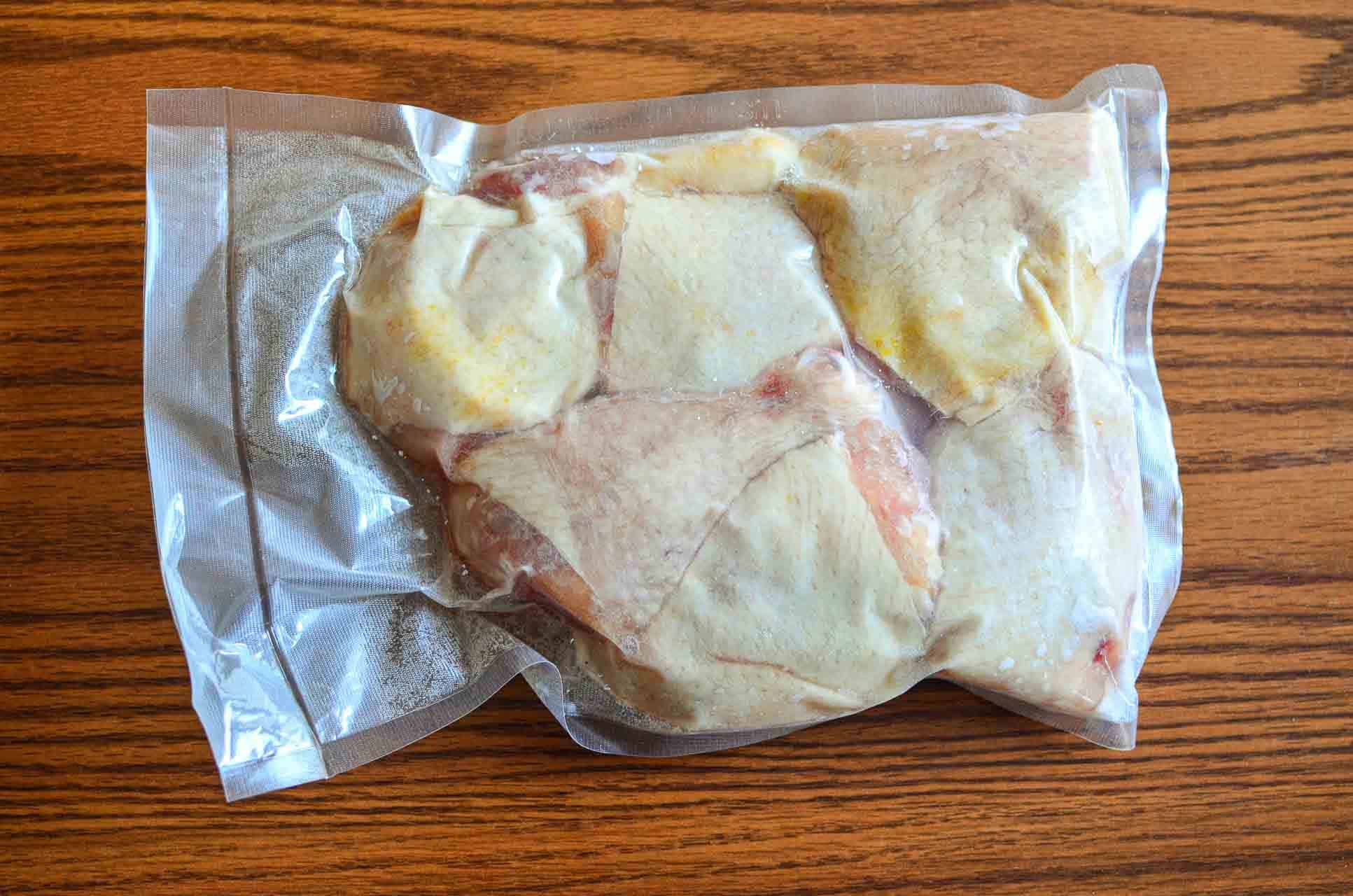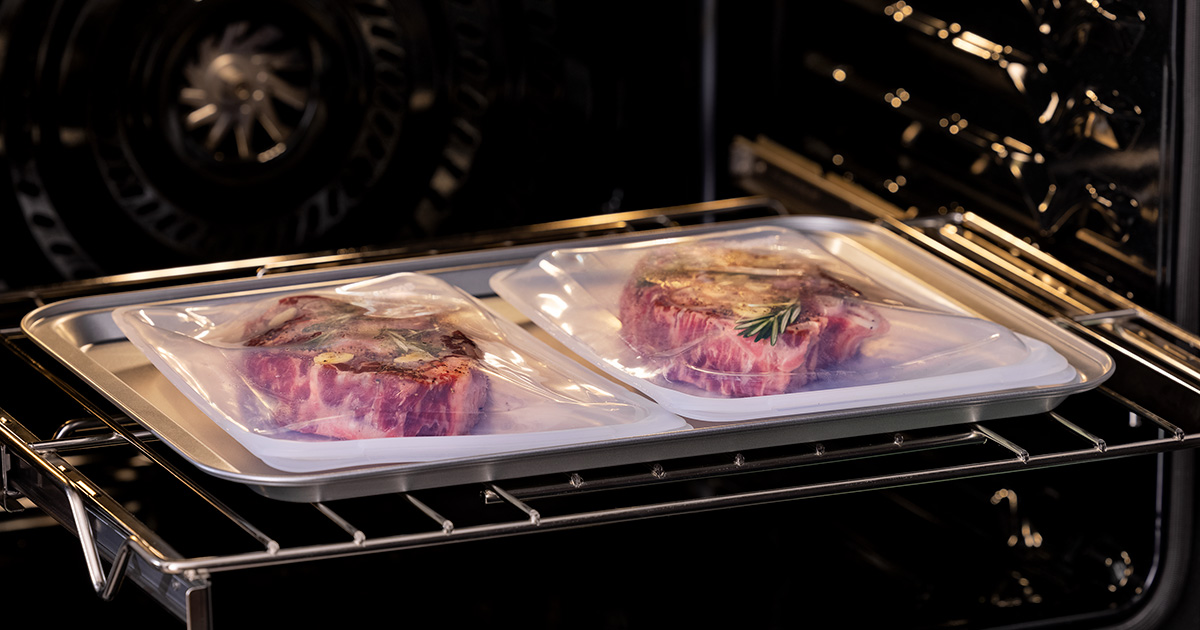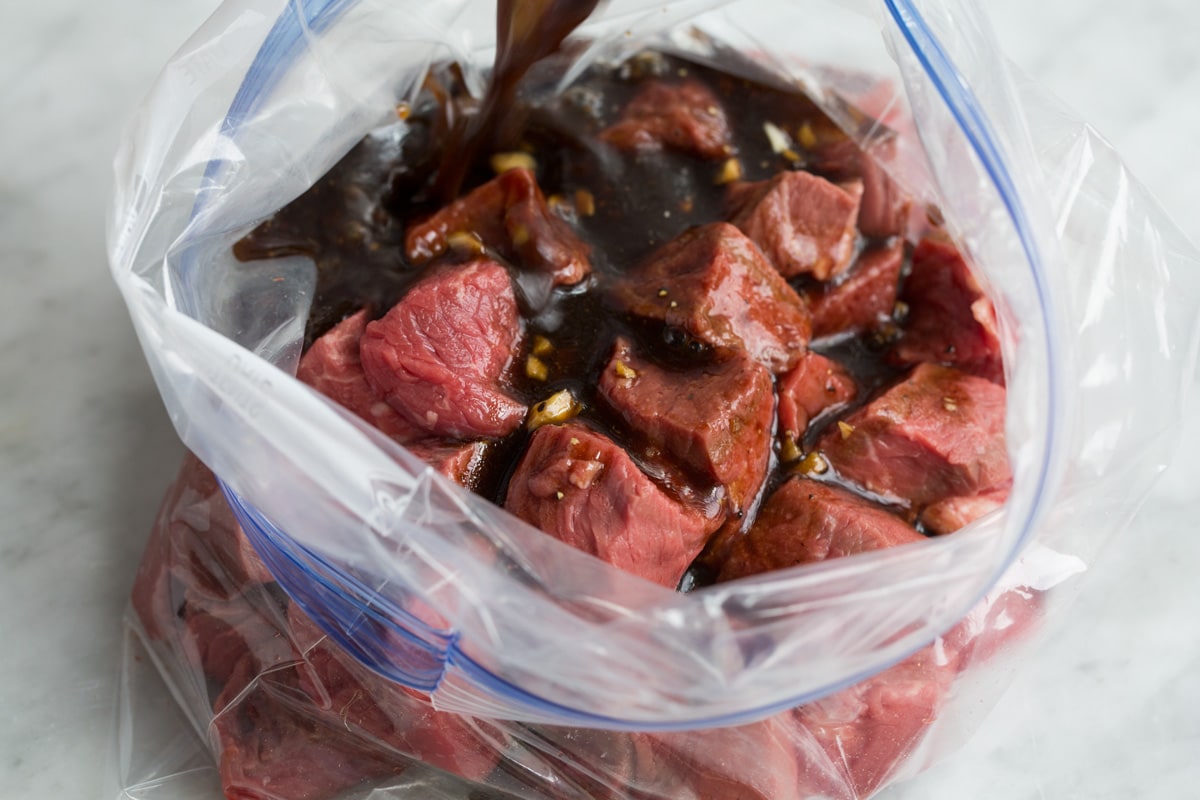Sure, here's an HTML-formatted blog post on how to knead dough with a bread machine:
Mastering the Art of Kneading Dough with a Bread Machine
There’s nothing quite like the smell of freshly baked bread wafting through the house. If you’re a fan of homemade bread but don’t have the time or energy for all the kneading and mixing, a bread machine can be a game-changer. With a bread machine, you can enjoy the pleasure of freshly baked bread without all the hard work. Here’s how to knead dough with a bread machine like a pro:
Step 1: Gather Your Ingredients
Before you start, make sure you have all the necessary ingredients on hand. You’ll need flour, yeast, salt, water, and any other flavorings or add-ins you’d like to include in your bread.
Step 2: Add the Ingredients to the Bread Machine
Most bread machines have a specific order in which ingredients should be added. Typically, you’ll start with the liquids (water) and then add the dry ingredients (flour, yeast, salt). Refer to your bread machine’s manual for the exact order recommended for your specific model.
Step 3: Select the Dough Setting
Once all the ingredients are in the bread machine, it’s time to select the dough setting. This setting will mix and knead the dough for you, saving you the effort of doing it by hand. The machine will also allow the dough to rise before it’s ready to be baked.
Step 4: Monitor the Kneading Process
As the bread machine begins to knead the dough, keep an eye on it to ensure that the dough forms a smooth ball. If the dough appears too dry, you can add a little water, and if it’s too wet, you can add a little flour. The goal is to achieve a dough that is soft and pliable.
Step 5: Let the Dough Rest
Once the kneading process is complete, it’s time to let the dough rest and rise. This step is crucial for developing the flavor and texture of the bread. Keep the dough in the bread machine or transfer it to a greased bowl, cover it with a clean kitchen towel, and allow it to rise until it has doubled in size.
Step 6: Shape and Bake the Bread
After the dough has risen, you can shape it into a loaf or divide it into rolls, depending on your preference. Place the shaped dough into a greased loaf pan or onto a baking sheet, and then bake it in a preheated oven according to your recipe’s instructions. The result will be a delicious, homemade bread that you can proudly serve to your family and friends.
With these simple steps, you can easily knead dough with a bread machine and enjoy the satisfaction of freshly baked bread without the hassle of kneading by hand. Experiment with different types of flour, flavorings, and add-ins to create a variety of bread recipes that will delight your taste buds.
So, if you’re ready to elevate your bread-making game, dust off that bread machine and get ready to enjoy the aroma of freshly baked bread filling your kitchen.
For those interested in honing their dough-kneading skills with a bread machine, there are plenty of recipes to try. The Classic White Bread Recipe is a great starting point, offering simplicity and a perfect base for beginners. For a healthier option, the Whole Wheat Bread Recipe provides a nutritious alternative while still being easy to follow. If you're craving something sweet, the Cinnamon Roll Recipe will show how versatile your bread machine can be. For a bit of a challenge, the Sourdough Bread Recipe is perfect for those looking to master the art of sourdough with the help of their machine. Finally, the Brioche Bread Recipe offers a rich, buttery flavor that's sure to impress. Each of these recipes showcases different aspects of using a bread machine for kneading dough, making them worth trying out.
